My deepest thanks and sincere appreciation go to the following extraordinary individuals who made this updated and revised edition possible:
To Suzanne Cohn, my literary agent, who crossed the ts and dotted all the is. Suzanne is a pleasure to know and work with on my projects.
To Linda Leekley, my editorial assistant and researcher par excellence, whose creative talents and attention to detail are top of the line. Linda is an angel!
To James, my super man, whose love and support make all things possible and worthwhile.
Contents
CHAPTER ONE
CHAPTER TWO
CHAPTER THREE
CHAPTER FOUR
CHAPTER FIVE
CHAPTER SIX
CHAPTER SEVEN
CHAPTER EIGHT
CHAPTER NINE
CHAPTER TEN
CHAPTER ELEVEN
CHAPTER TWELVE

CHAPTER ONE

The Perils of Low-Fat Eating
Discovery consists in seeing what everybody else has seen and thinking what nobody else has thought.
ALBERT SZENT-GYORGI
S usan is 38 years old and she is dietingagain. She couldnt count the number of diets she has been on since she first tried to lose her baby fat at age 13. A half grapefruit for breakfast, a salad with diet dressing for lunch, and broiled fish for dinner will help her reach her goal, she hopes. It seems to get harder and harder each time. It takes less time to regain the weight and more time to lose it, especially from around her waist. Desserts are her downfallshe rewards her daytime watchfulness with a little treat at night, Hagen-Dazs rum raisin ice cream. Susan is a chronic dieter.
Twenty-eight-year-old Pat works at maintaining nutrition despite a hectic lifestyle. She often reads articles on the latest food trends and is quick to incorporate them into her diet. Despite the latest good fat dietary trend, Pat is still overly concerned about total fat and cholesterol. She avoids all oils, butter, red meat, and eggs. She eats shredded wheat with skim milk and bananas for breakfast, stir-fried brown rice with vegetables and soy sauce for lunch, and pasta with meatless tomato sauce for dinner. Her one food vice is chocolate, which she craves, especially just before her period. Some of her friends call her a nutrition buff.
At 18, Maryann is just beginning an independent life. One of the things she brought with her into her new apartment is her style of eating. Maryann is a grabbera snacker who subsists on mini-meals as she rushes from one appointment to another. There are simply not enough hours in the day for her to sit down to three basic meals. Breakfast is a croissant and a cup of coffee, followed within a couple of hours by a diet cola and chips at her desk. Lunch with her coworkers is usually a hamburger, french fries, and a shake at a nearby fast-food chain. Dinner (if its not pizza) has more variety thanks to the frozen-food section. Fruit-flavored yogurts are her favorite snack.
These three women have different eating habits but share some common complaints. They feel tired much of the time; they are irritable and often feel cold; they seldom sleep soundly through the night; they have various aches and pains that seem to have no cause; they are the first to get the seasons colds; and vaginal infections, menstrual cramps, and bloating plague them every month. A visit to the doctor rules out a medical problem, so they think it must be stress, that time of life, getting old, or hormonal readjustmentin any case, just something to live with. The longer they maintain their diet styles, the greater the likelihood that they will develop anemia, heart disease, cancer, osteoporosis, premenstrual syndrome, and arthritis.
Susan, Pat, and Maryann are fictionalized women, but they represent the three basic female eating patterns I have observed while counseling thousands of clients both in person and on the Internet. I spotted these eating patterns repeatedly when I served as the nutrition director at the Pritikin Longevity Center in Santa Monica, California, and while working as a consultant to medical doctors, corporations, and environmental health clinics. By authoring twenty books on nutrition, I have worked to steer women away from these destructive patterns. In the last few years, it has been gratifying to help millions of women worldwide over the Internet via my interactive message board and my website, www.annlouise.com.
The chronic dieter, nutrition buff, and grabber are three basic female eating types I have noted over the past decades all over the country. These eating types have also been the focus of attention for USDA nutrition educators and other researchers throughout the country for decades, and they seem to cross economic and age categories. They can be identified in the diet histories of patients I counseled as far back as the early 1990s, spanning from Santa Fe to Washington, D.C., New York, Chicago, and San Francisco.
Whether in private practice, at hospitals, or in public health clinics, I have always required that my clients keep a food diary, recording what, when, and where they eat and drink, as well as their emotions at the time. By reviewing this record of total food intake over a period of three to seven days, I have been able to gauge their current eating habits.
Through my counseling I have evaluated the health impact of these eating styles and the concerns that have motivated women to adopt them in the first place. I have identified the potential health hazards of such eating patterns, and I have found food solutions that are nutritious, delicious, and convenient, whether at home or on the go.
CHRONIC DIETER
Lets begin with a little background on the chronic dieter who is dieting (again) for weight loss. A National Health Interview Survey found that almost half of American adult women were dieting at any one time.
In my own counseling experience, the majority of clients who have come to see me over the years have wanted to lose weight. Many had already tried the most popular diets of the day, including Weight Watchers, SlimFast, and Atkins. Were these women on the right track? The answer is yes and no. Based on conventional wisdom, there are basically only two ways to lose weight: burn more calories with exercise, or take in fewer calories with diet. Most women choose this second way.


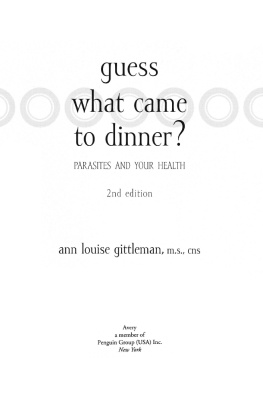

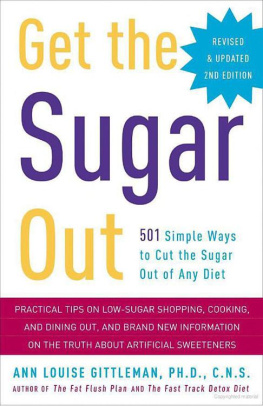

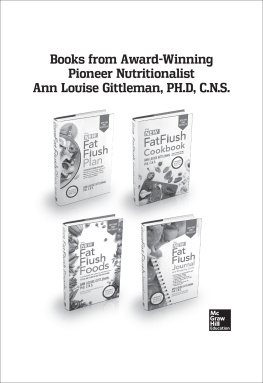
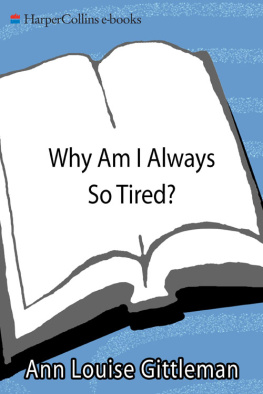
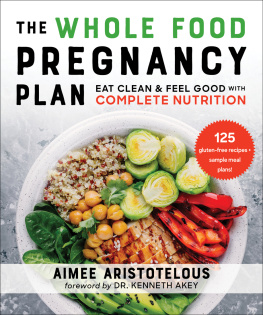
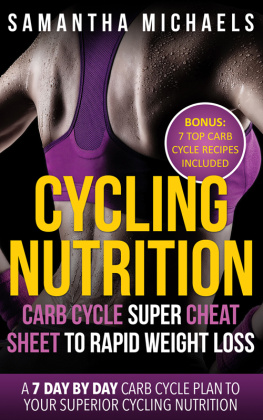

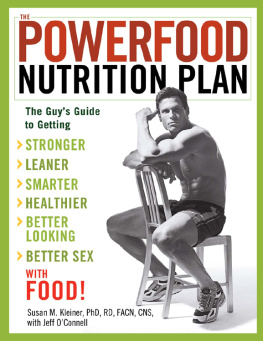
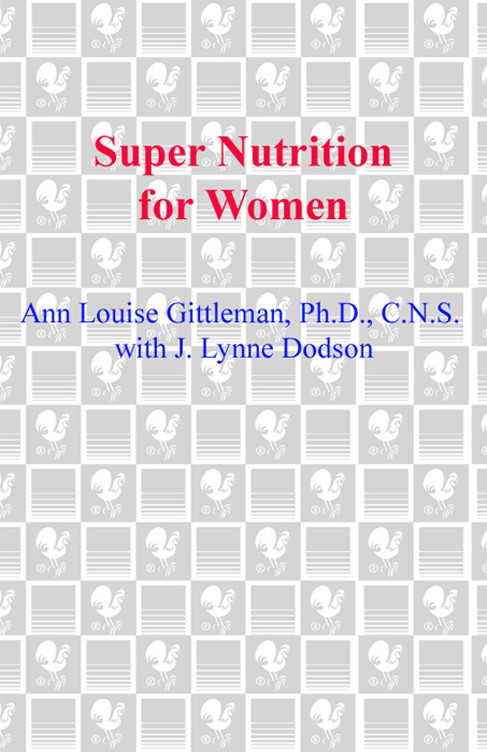
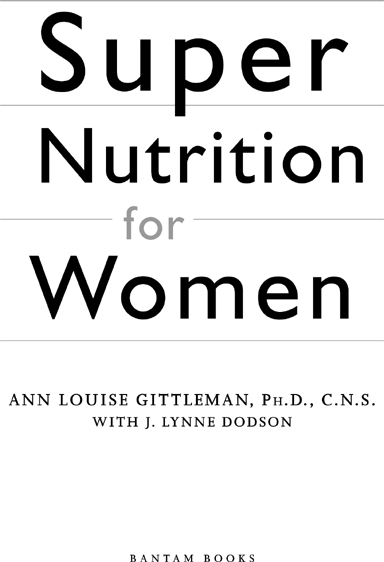
 CHAPTER ONE
CHAPTER ONE